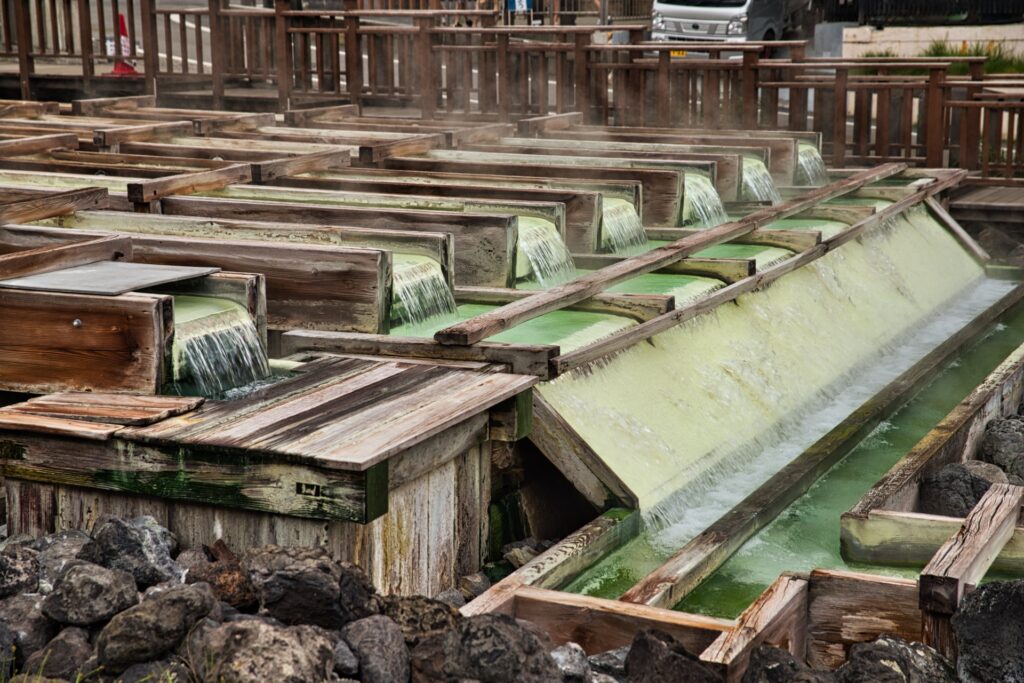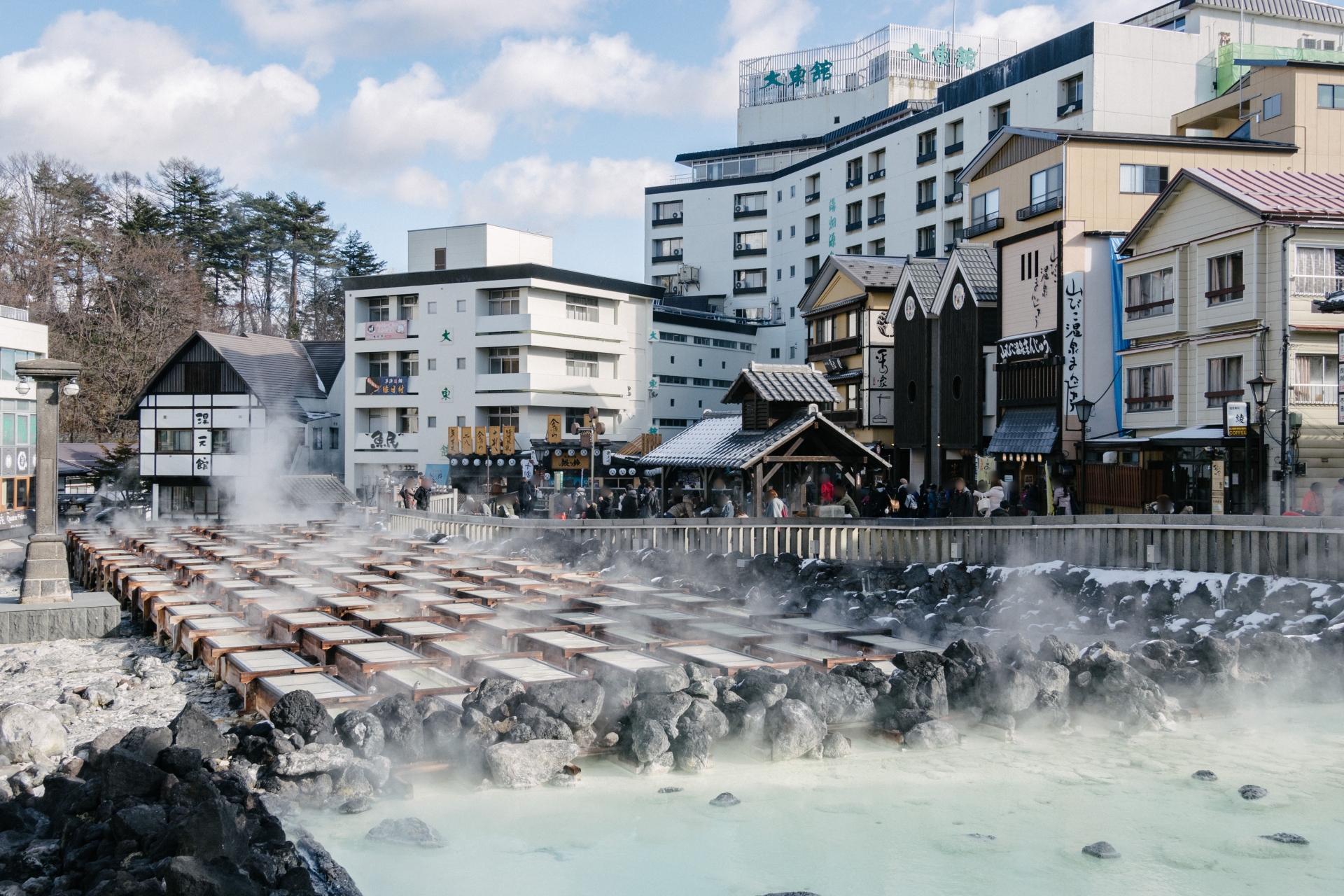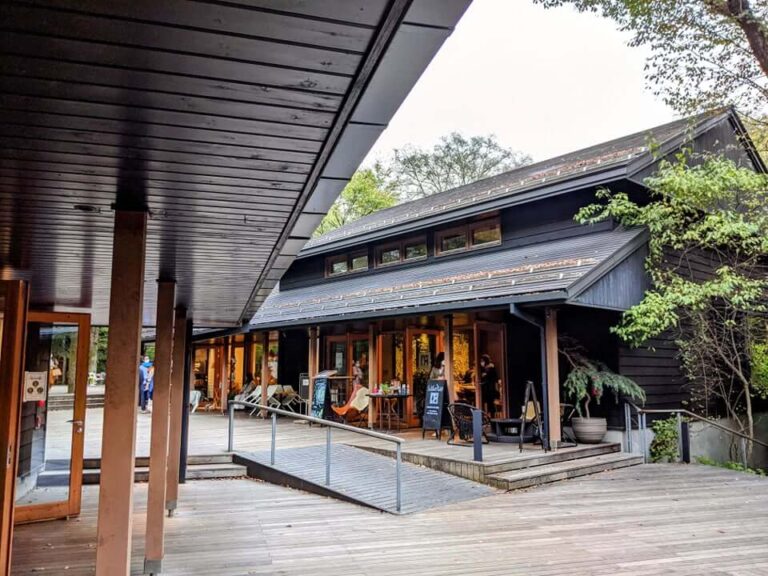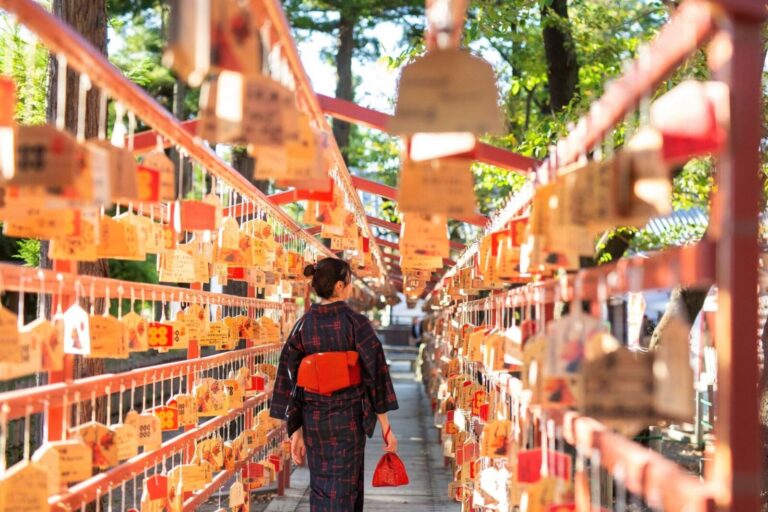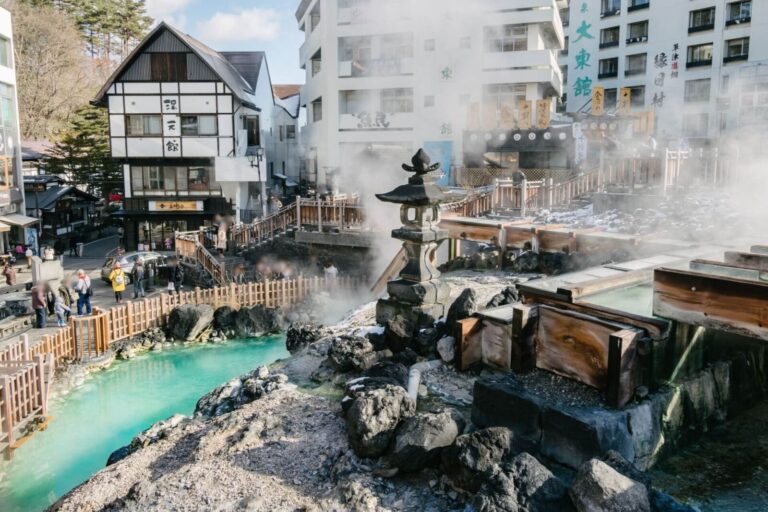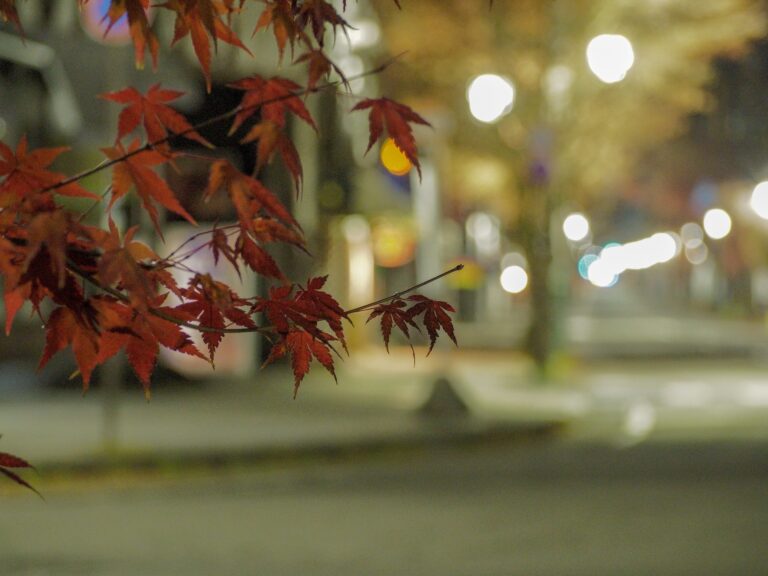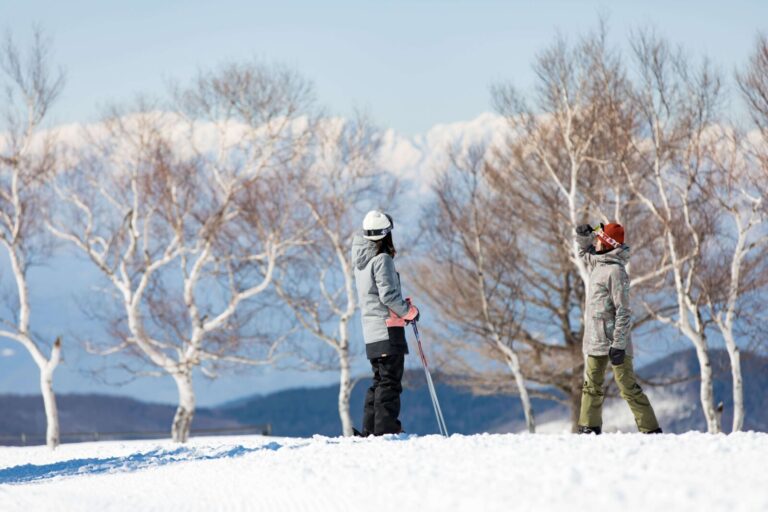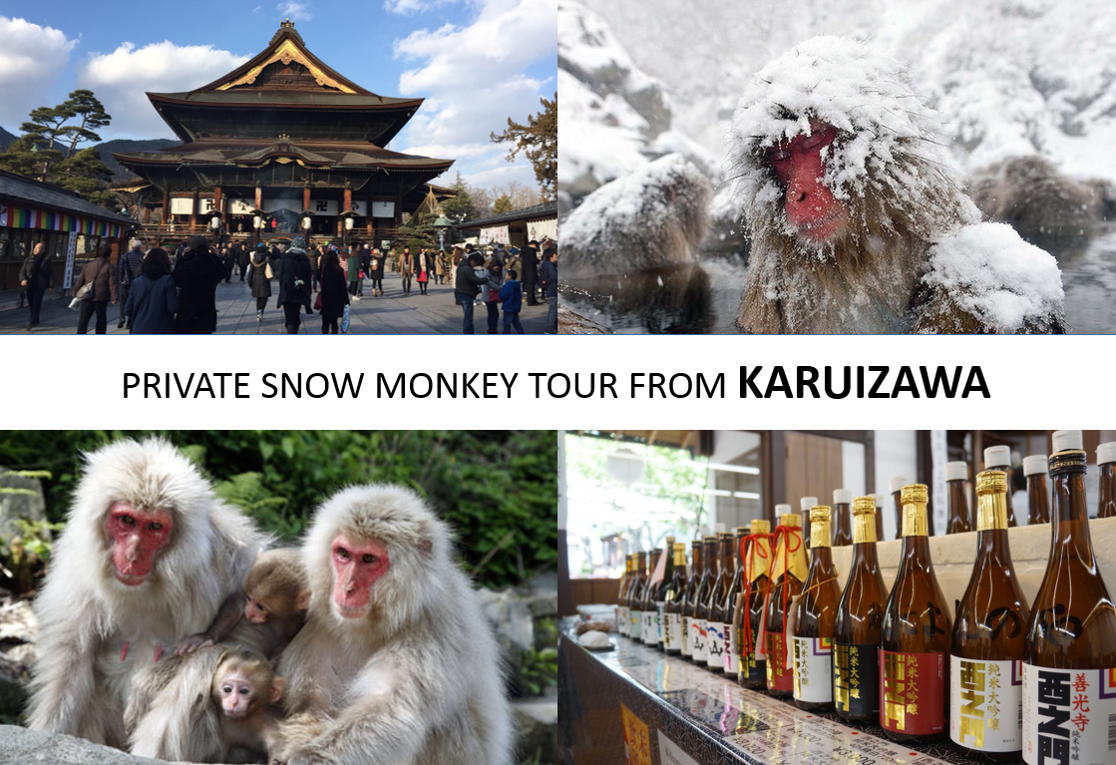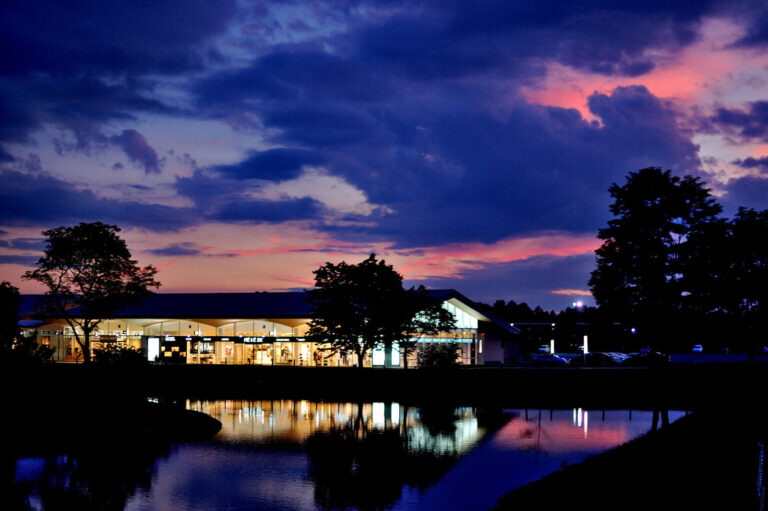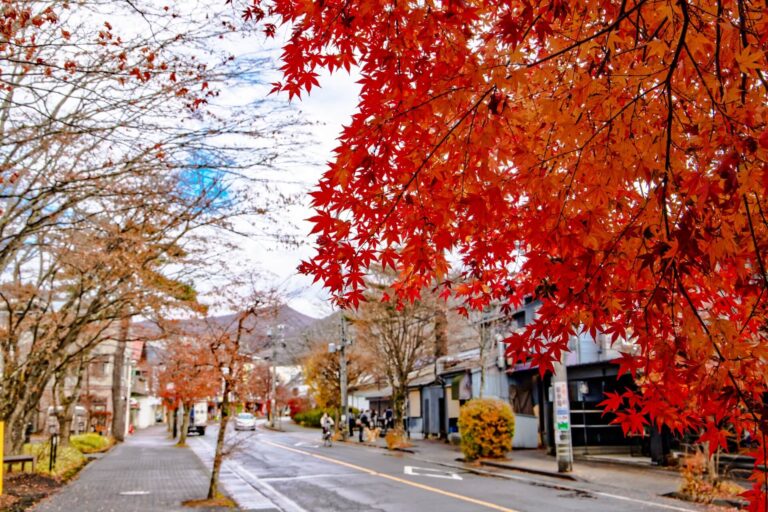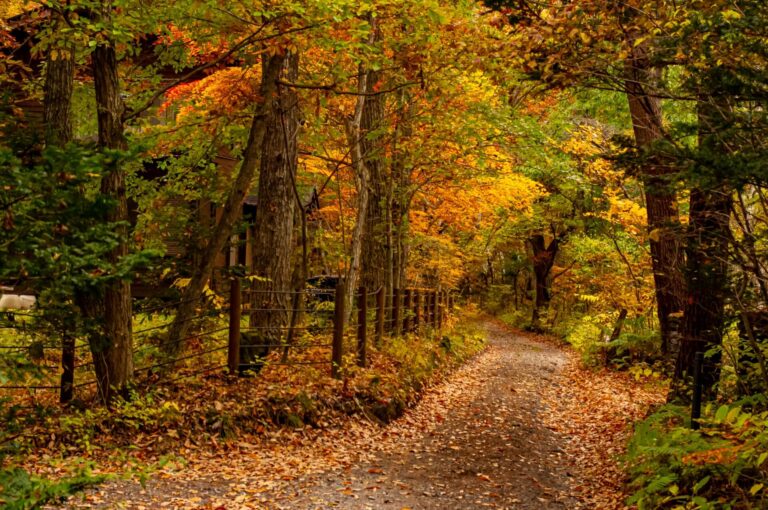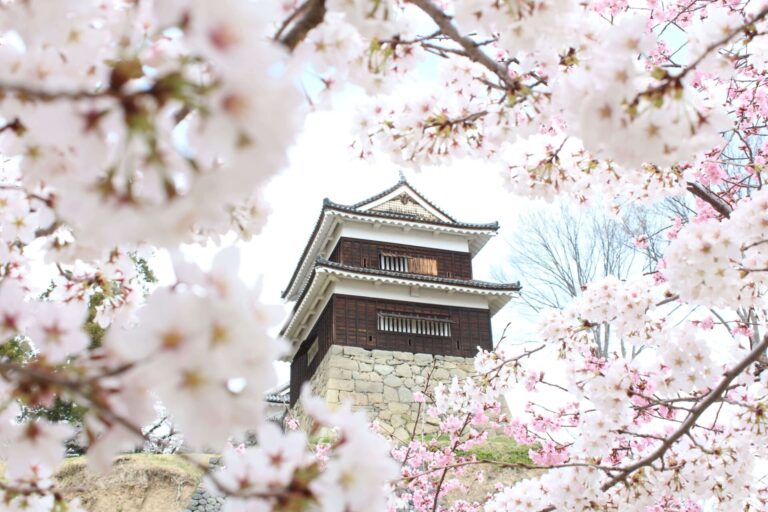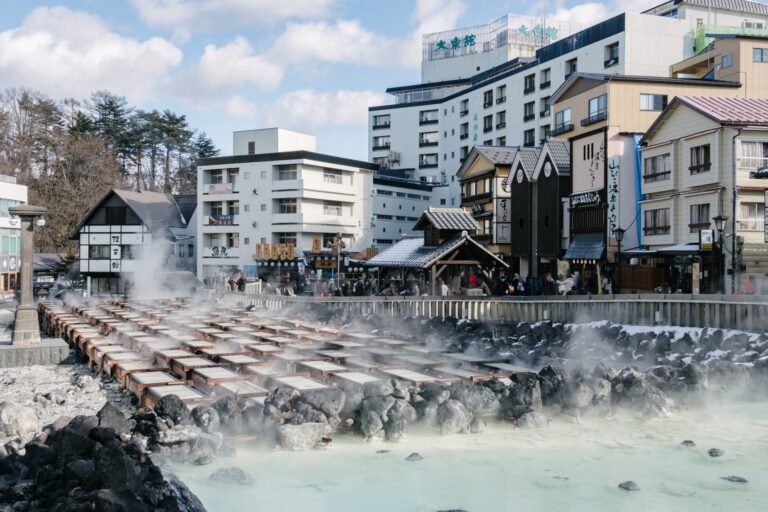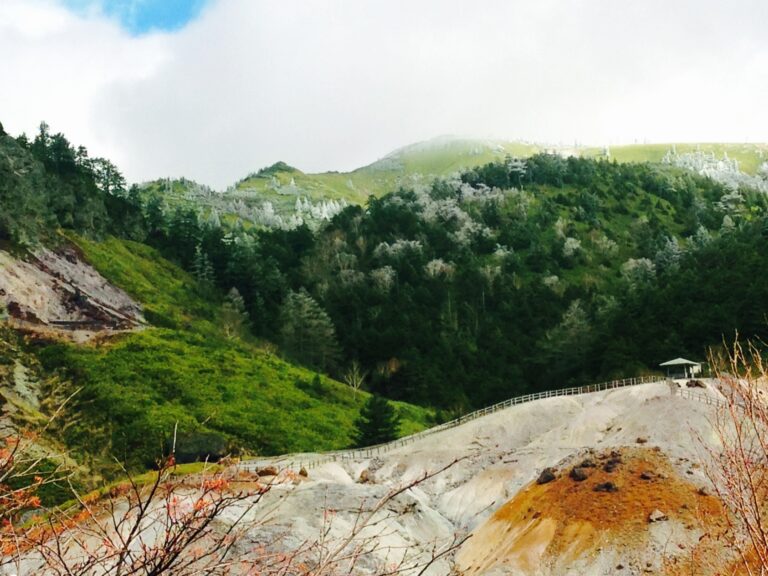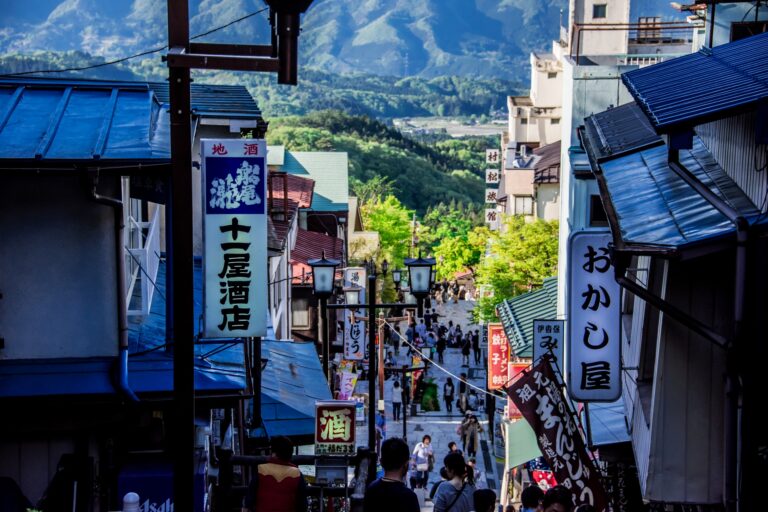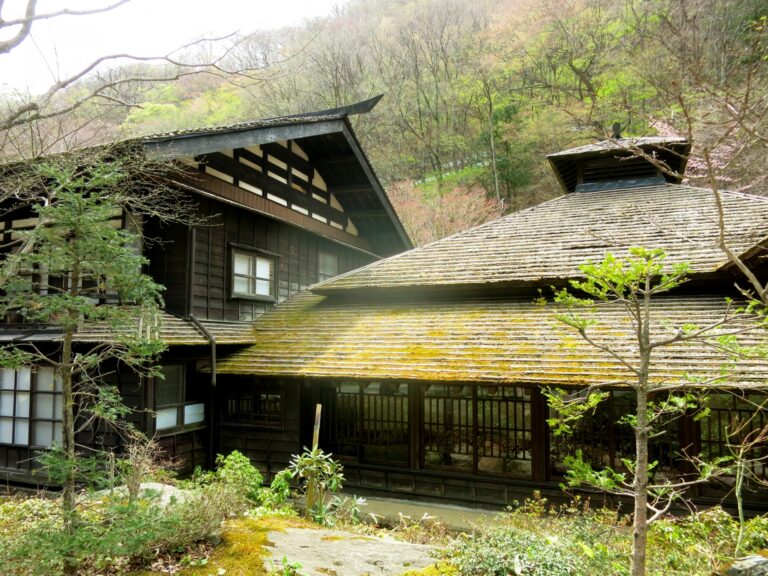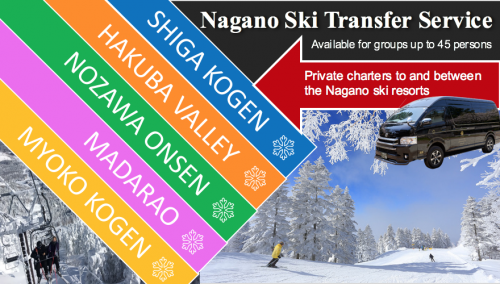Kusatsu Onsen 'Yubatake'
Lying in the heart of Kusatsu Onsen, the town’s ‘yubatake’ is an iconic sight, instantly recognisable to most Japanese. Translating as ‘hot water field’, the yubatake is large open-air area over which thermal water runs along timber troughs. In doing so, the incredibly hot volcanic water cools to a temperature that allows it to be used in the town’s many bathhouses.

As the centre of Kusatsu Onsen, many guesthouses, restaurants and shops surround the yubatake, with people congregating around it to take photos and enjoy the unique atmosphere. Located next to it, visitors can access the ‘Netsunoyu’ to watch ‘yumomi’ performances every day of the year. Given that the yubatake is open-air, it is accessible at all times of day and can be enjoyed free of charge.



